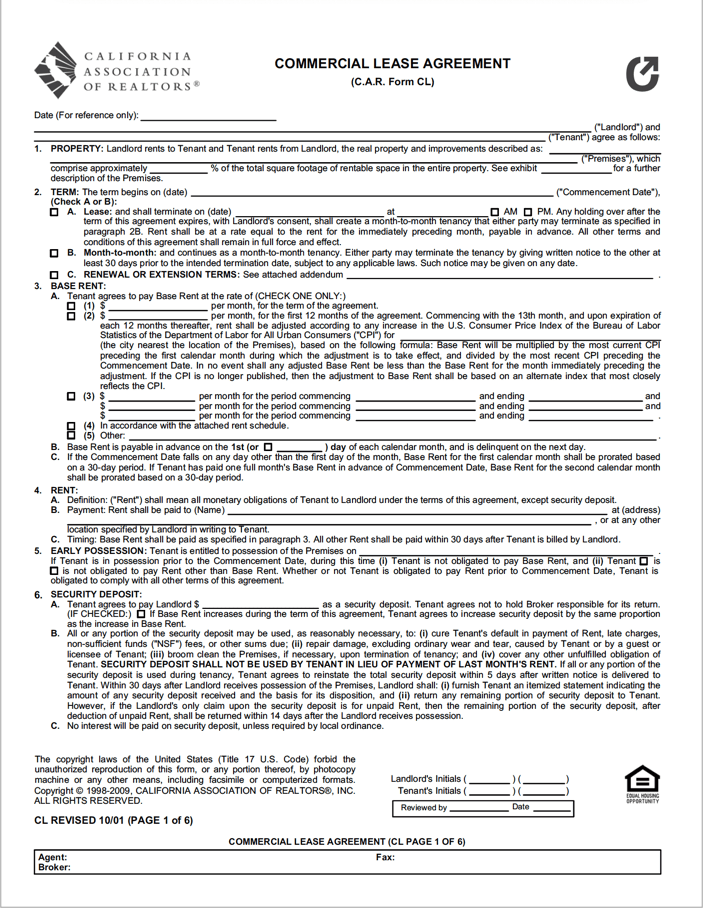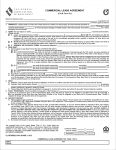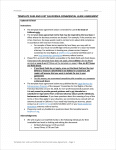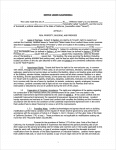California Commercial Lease Agreement
The California Commercial Lease Agreement (Form CL) is a legal document used for renting out a commercially-zoned property to a tenant for an average of three (3) to five (5) years. The form was created by the California Association of Realtors and is fully compliant with the state’s lease laws. To the landlord’s benefit, California law is very relaxed in regard to the expectations of commercial renters (in comparison to how they treat residential landlords).
Although decreased regulation is often a good thing, commercial landlords and tenants should be on guard at all times during negotiation to ensure they are not being taken advantage of. Overall, decreased regulation allows both parties to negotiate the terms of the lease freely, which can result in landlords negotiating more favorable leasing terms.
Because the commercial leasing process can be confusing, it is wise that an attorney or licensed commercial realtor be consulted before signing any documents.
Tenant Screening: California Rental Application
Versions (6)
Download: Adobe PDF
Download: Adobe PDF
Download: MS Word (.docx)
Download: Adobe PDF, MS Word (.docx)
Download: MS Word (.docx)
Download: MS Word (.docx)
Required Information
For the form to be completed in full, the following information must be inputted by the landlord and/or agent(s):
- Landlord & tenant Names
- Property description
- Percentage (%) of the rental to total rentable space
- Lease term (can be made month-to-month)
- Base rent payments
- When, where, and who rent should be paid to
- When the tenant(s) can take possession
- Security deposit amount
- Information on parking
- Whether tenant(s) have access to additional storage (and the cost, if provided)
- Late charges
- Property inspection notes (damages, exceptions, etc.)
- Utility costs/operating expenses
- Use(s) of the premises
- Maintenance obligations
- Info on “For Sale/Lease” signs
- Tenant obligations upon vacating the rental
- Tenant’s required insurance
- Notice addresses (landlord and tenant)
- Attorney’s fees
- Agency information
- Signatures of all parties






